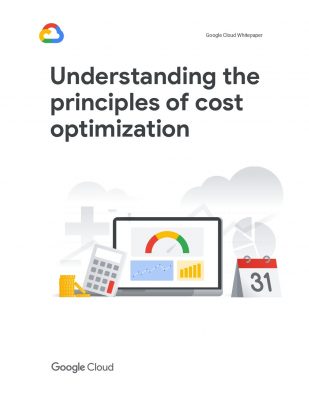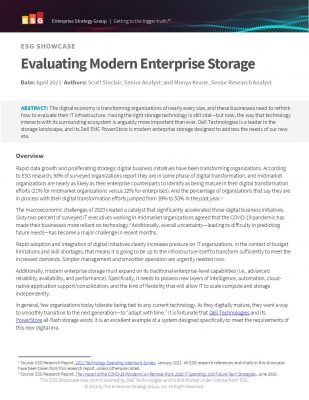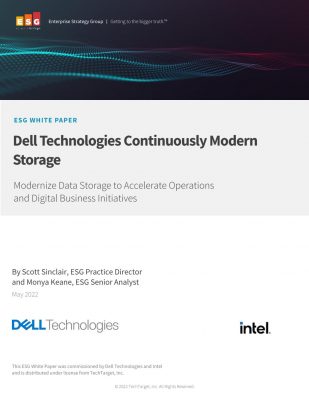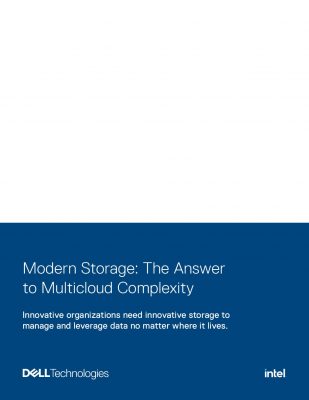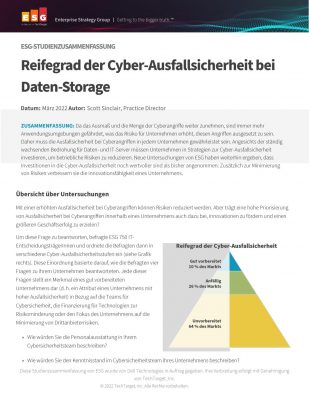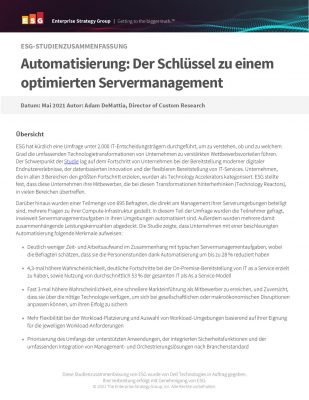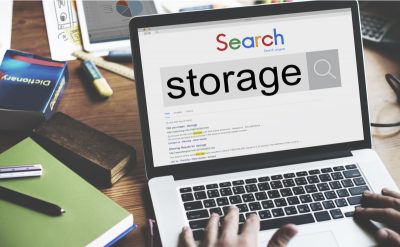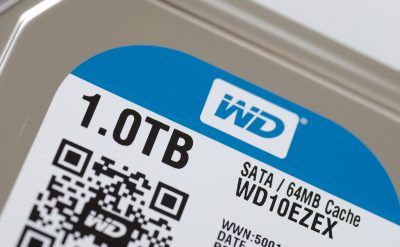Story of five disruptive storage technologies for 2020 begins…
Once upon a time, terabytes of data seemed huge and something that only large enterprises could generate. There has been a drastic change over the past few years as all sizes of organizations generate and manage terabytes of data and even hit the petabytes region.
In this digital era, everything from devices to storage is advanced. Leading-edge technologies such as intent-based storage management, NVMe, and storage-class memory promise to change the way IT organizations use, store, and manage data.
Earlier, storage technology progress was measured in terms of speed and capacity. But this is no longer the situation. In today’s times, storage technologies have overgrown and have become way more enhanced than ever imagined. The present novel methodologies and technologies make storage more comfortable to manage, smarter, and more flexible.
Outstanding technology is revolutionary, the right technology is evolutionary, and of the two, only the second is disruptive. The only factor driving disruption in IT infrastructure is the growth of data and data storage technologies fueled by initiatives in data analytics, big data, artificial intelligence (AI), and the internet of things (IoT).
Today’s organizations are storing and producing a massive amount of data regularly than ever before—this forces them to expand or renovate their infrastructures, mainly around data storage. And I don’t think this trend’s going to slow down in the coming years. There is so much pressure on storage providers as the market escalates rapidly, thus looking like the whole ecosystem is in for a shake-up.
Organizations understand that they need to harness the power of data to remain competitive. Therefore, companies are planning to invest more in storage hardware in their data centers and investigate developing disruptive technologies. Thus, storage must meet higher standards of consistency, safety, and compliance. Besides, temporary commodities such as memory and processing have advanced the importance of storage.
Software-Defined Storage (SDS) was one of the first adopted disruption services by organizations. It is traditionally defined as the commodity hardware in the form of network-attached servers. It is significantly different from the exclusive architectures of the so-called “Big Iron” providers.
Considering the above information, I believe that some of the biggest disruptors we will see or continue to see shaking up the storage industry in 2020 are:
1. Software-defined storage (SDS) is a game changer
SDS is a game changer in the storage industry and will continue its game owing to its ability to enhance capacity and performance with zero downtime. Thus, an increasing number of organizations are considering a transition to SDS. Efficiency is a quick sign of disruption.
SDS divides storage resources from their actual hardware. SDS is developed to operate on any industry-standard than a storage area network (SAN) or conventional network-attached storage (NAS). SDS users gain several advantages from smarter interactions between storage and workloads, real-time scalability, and agile storage consumption.
Cindy LaChapelle, a Principal Consultant at Tech Research and Consulting Firm ISG, commented: “SDS technologies virtualize the available storage resources while also providing a simplified storage management interface that represents different storage pools as a unified storage resource.”
SDS provides virtualization, abstraction, mobility, and storage resource management and optimization. Thus, in 2020, managers will deploy SDS for several reasons. Selecting the least disruptive SDS approach needs a thorough and clear understanding of application requirements for capacity and performance.
2. NVMe-oF (Non-Volatile Memory express-over Fabric)/NVMe (Non-Volatile Memory express-based storage) displays excellent performance
Please take a closer look; out there is an enormous buzz about NVMe’s sheer potential for its excellent performance. However, excitement is justifiable, but its high cost might be a challenge.
NVMe runs on the top of the Peripheral Component Interconnect express (PCIe) layer, a robust communications protocol, targeted majorly at high-speed flash storage systems.
Earlier, flash storage devices were connected via SAS or SATA and legacy interfaces designed years ago for hard disk drives (HDD). Thus, NVMe is developed to exploit the performance of high-end SSDs.
Yan Huang, Assistant Professor of Business Technologies at the Tepper School of Business, Carnegie Mellon University, commented: “It not only offers significantly higher performance and lower latencies for existing applications than legacy protocols, but also enables new capabilities for real-time data processing in the data center, cloud, and edge environments.”
NVMe-oF and NVMe together represent a leap forward in performance and low latency relative to predecessors, such as SAS and SATA. Also, NVMe is ideal for the fastest flash storage technologies, as it offers multiple parallel queues. Compared to SSD disks, NVMe gives up to 6x better performance and escalates the new benchmark for fast storage.
3. Computational storage allows better 5G connectivity
This approach allows processing to be performed at the storage layer rather than in the host CPU’s main memory. Thus, IT leaders are taking an interest in computational storage as it allows better 5G connectivity. Also, it can simplify the traffic flow of content delivery networks (CDNs).
In 2020 or beyond, organizations worldwide are expected to adopt computational storage as a disruptive technology. An organization might appreciate technology for its efficient and faster means to address the data-heavy world’s unique challenges.
We can say that computational storage is a real windfall for the edge in 2020 and beyond.
4. Storage-class memory (SCM) will prove to be highly disruptive
Acceptance of SCM has been predicted for several years, and 2020 might be the year that finally happens. Samsung Z-SSD, Intel Optane, and Toshiba XL-Flash memory modules have all been available for some time. But their impact has not precisely been earth-shattering so far.
SCM is also termed as persistent memory, might be the most disruptive storage technology innovation of the decade. It could be more disruptive than flash, both from a performance perspective and how it will transform storage and application architectures.
SCM is a new hybrid memory/storage tier with unique characteristics. It is neither precisely storage nor memory. It links to memory slots in a motherboard such as traditional DRAM (dynamic random-access memory). SCM is slightly slower than DRAM but is persistent. In short, it is like conventional storage, and its content is preserved during a power cycle.
5. Intent-based storage management – will revolutionize the storage industry
Last but not least, in the disruptive storage list……..cool rhyme, right?
Here we go, intent-based storage management is anticipated to advance the design, planning, and implementation of storage architecture in 2020 and beyond, particularly for businesses coping with mission-critical environments.
An autonomous and continuous SDS technology cycle, deployment, analytics, consumption, and telemetry make intent-based storage possible.
Final words
In this modern technological world, our needs are delivered as AI and cloud-based services know more about us than our friends do. As we are talking about storage technology that protects, store, process, and organizes about 2.45 Quintillion bytes of data every day. The data storage segment has seen a slew of disruptions over the past few years.
Somebody viewed SDS as one of the best disruptive storage solutions.
SDS created an all-new world for enterprises to manage their vast data storage needs with software running on cloud or local data centers. It has also been said that computational storage is a real windfall for the edge in 2020 and beyond.
The story of five disruptive storage for technologies for 2020 ends….
I hope you enjoyed the storage roller-coaster ride. For more details, you can download our latest whitepapers on storage.

